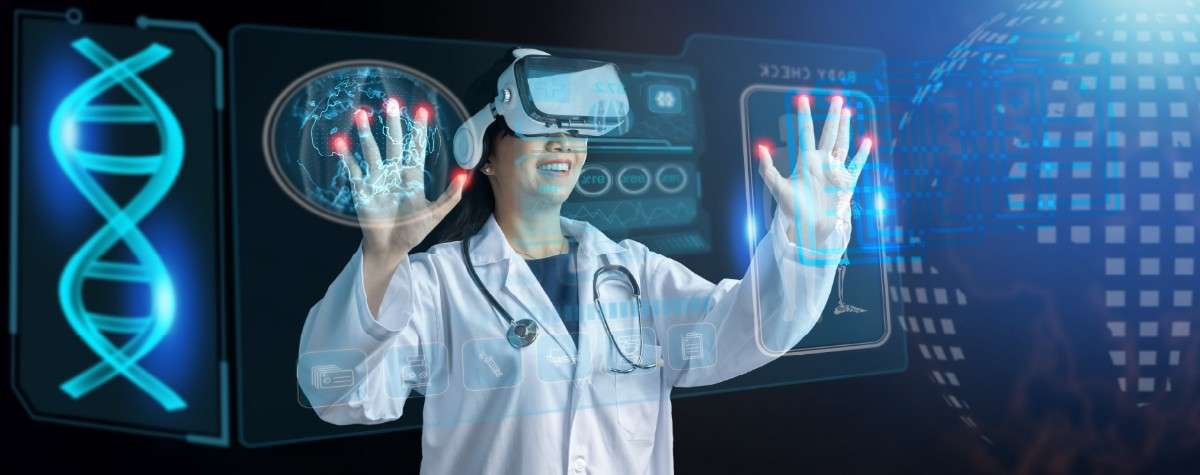
Explore about Software as a Medical Device (SaMD) and its promising future in Healthcare.
Software as a Medical Device (SaMD) is defined by regulatory bodies like the FDA and IMDRF as “software intended to be used for one or more medical purposes that perform these purposes without being part of a hardware medical device.”
Software as a medical device distinguishes itself from conventional medical device software, which is associated with proprietary hardware such as MRI machines using algorithms, data analysis, & artificial intelligence to deliver clinical results like disease diagnosis or chronic condition tracking through sensor readings and user input. Software as a medical device is independent of proprietary hardware. The global SaMD market is projected to reach $5.0 billion by 2033, growing at a compound annual growth rate (CAGR) of 13.6% from $1.4 billion in 2023. This signifies that it is scalable and deployable on platforms like mobile apps, cloud infrastructures, and AI diagnostic platforms.
In contrast, Software in a Medical Device (SiMD) is integral to the functioning of a hardware medical device. SiMD cannot operate independently and remains essential for the device’s functionality. Some examples are software that operates the inflation process of blood pressure cuffs and software that manages insulin delivery through pumps.
Artificial intelligence systems that help diagnose skin cancer through image analysis and predict potential heart attack incidents.
The regulatory system for Software as a Medical Device (SaMD) has transformed to support safety & efficacy while fostering innovation as digital technologies become more prevalent in healthcare. To ensure compliance and innovation, stakeholders engaged in medical device software development and integration software must understand the current regulatory framework.
In January 2025, the FDA shared a draft guide called Artificial Intelligence-Enabled Device Software Functions: Lifecycle Management and Marketing Submission Recommendations. The document presents a Total Product Lifecycle (TPLC) approach that details recommendations for developing, modifying, and monitoring AI-enabled SaMD aftermarket release. Key aspects include:
© 2024 Crivva - Business Promotion. All rights reserved.